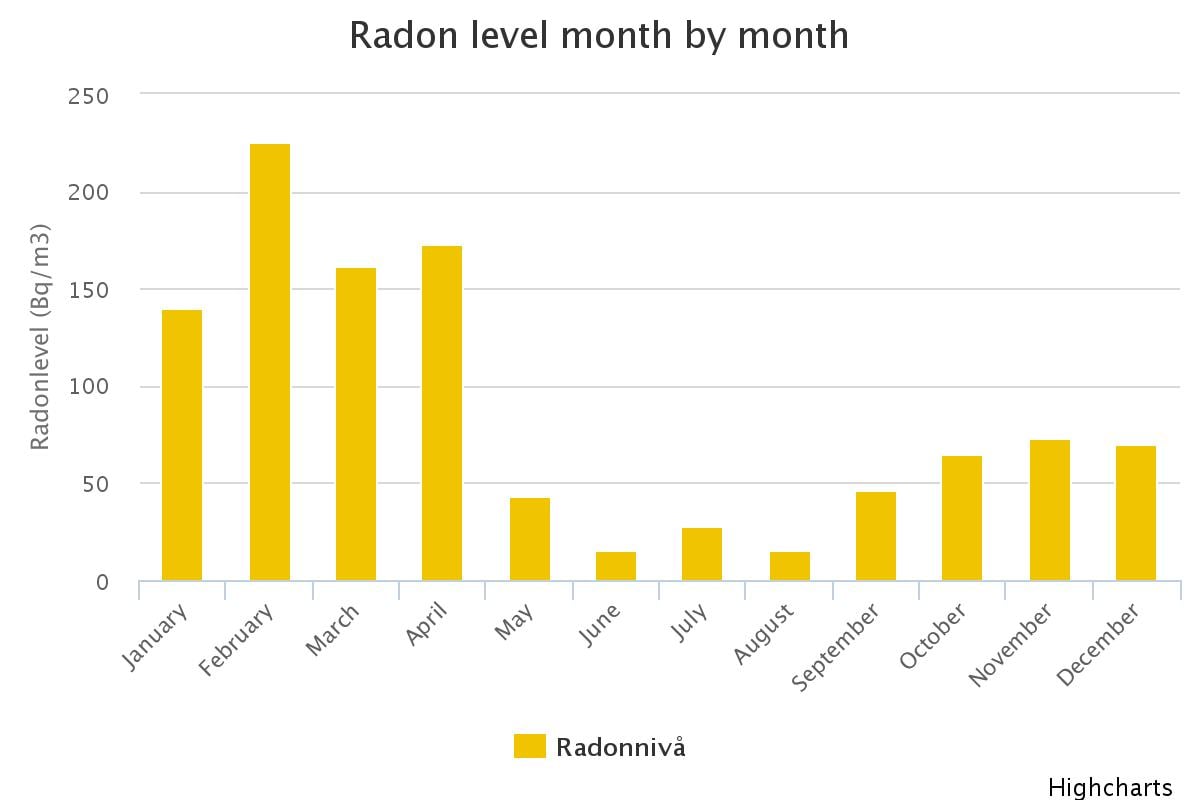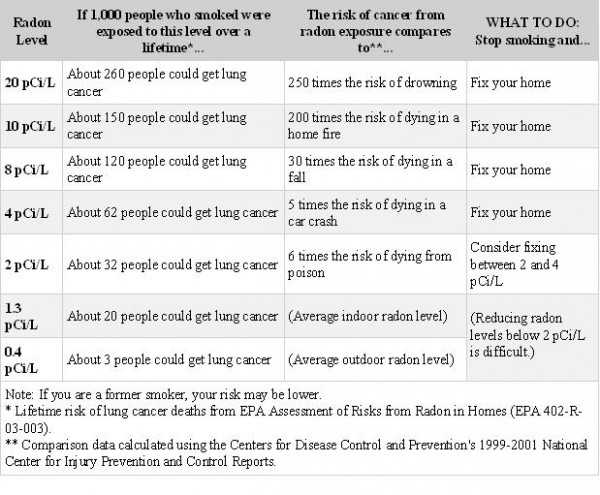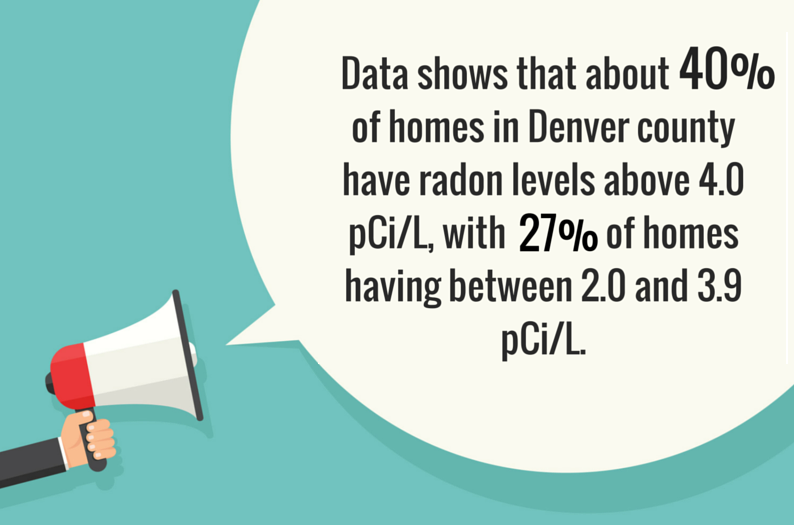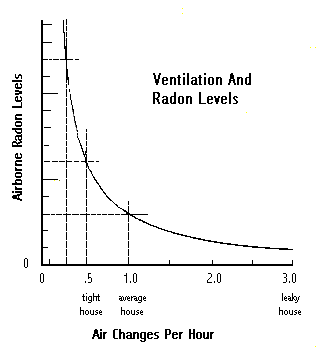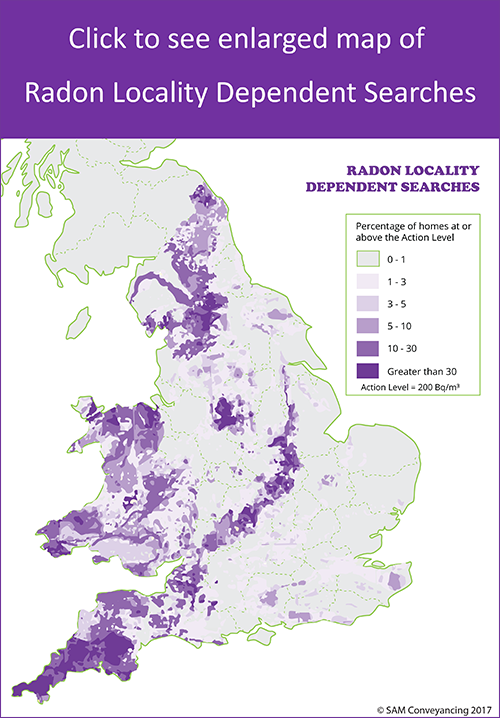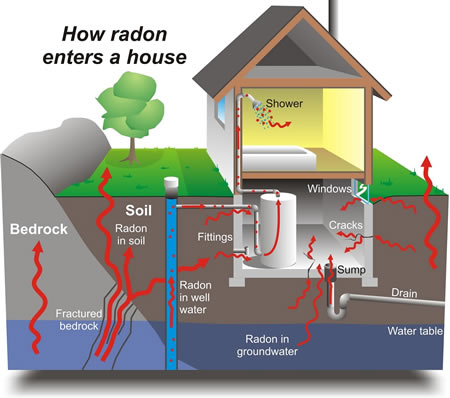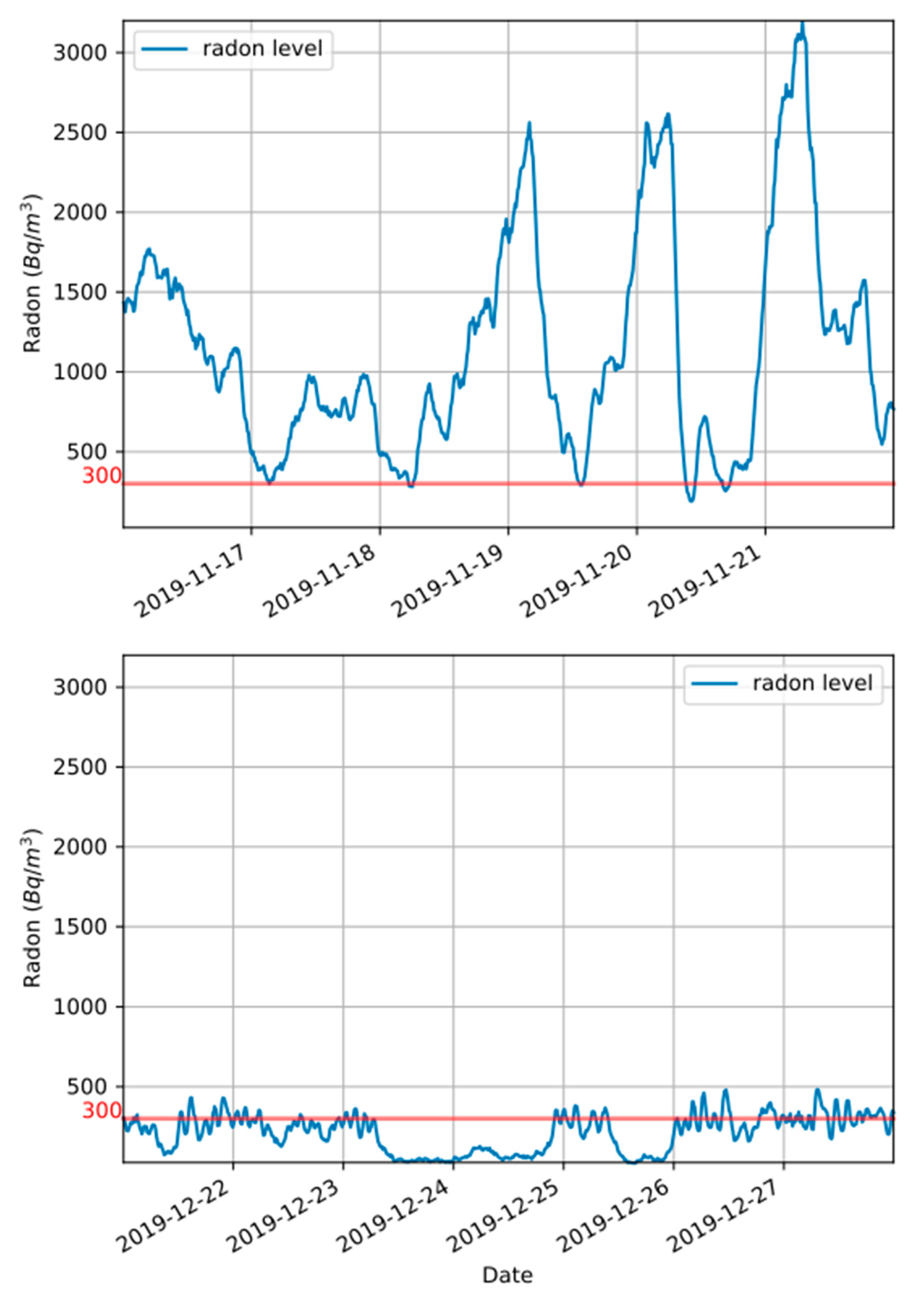But that contradicts another answer to this question which implied it would be normal for the levels to be higher depending on ventilation etc.
Can flooring type change radon levels.
Good ventilation of this space can reduce indoor radon concentrations.
The rule of thumb.
Radon levels are reduced by approximately 50 per floor going up through the house except when there is a return duct in the basement.
I read somewhere that people don t have to worry about radon on 3rd floors and higher because by the time it gets that high its levels are drastically reduced.
Factors other than weather can also affect radon levels in a home.
Unfortunately two thirds of all homes exceed this level.
Causes of radon in your home.
Sometimes changes in the ground far beneath your home can make it easier or harder for radon to enter your home.
When combined with other effective measures they can improve the reduction of radon levels.
Any of these sources can release the deadly gas into your home where it is trapped and can build to dangerous levels.
Blocks supported on concrete beams is more common in modern homes.
Floorboards or chipboard supported on wooden joists.
The us epa was tasked with setting practical guidelines and recommendations for the nation.
Radon levels are always changing.
Radon exists naturally in the ground and there are five common causes of radon in your home.
With a typical home and forced air heating radon levels on the upper floors will be very roughly about 40 less than in the basement.
Seasonality plays a role.
Some companies will try to save time by only leaving a test in your home for 24 hours.
Some simple actions such as sealing around loft hatches sealing large openings in floors and extra ventilation do not reduce radon levels on their own.
The radon source you should be most wary of is the soil beneath your home.
Radon act 51 passed by congress set the natural outdoor level of radon gas 0 4 pci l as the target radon level for indoor radon levels.
There s another reason too.
There are two types of suspended floors.
Foundation shifts construction on the home or changes in the heating cooling systems can all affect radon levels.
Can radon levels in our home change without intervention.
You can t avoid a radon problem by staying upstairs.
Why do radon gas levels fluctuate.
The radon levels of your home can become higher during rainstorms and this is due to barometric pressure changes as well as changes in the soil beneath and around your home.
Winter cold radon levels tend to increase in the colder months due to the difference in temperature inside and outside of your home.
There are two different types of radon testing that can be done.
Short term radon testing is any amount of time less than 54 hours.
Completely sealing floors is difficult and can cause rot in wooden floors.




